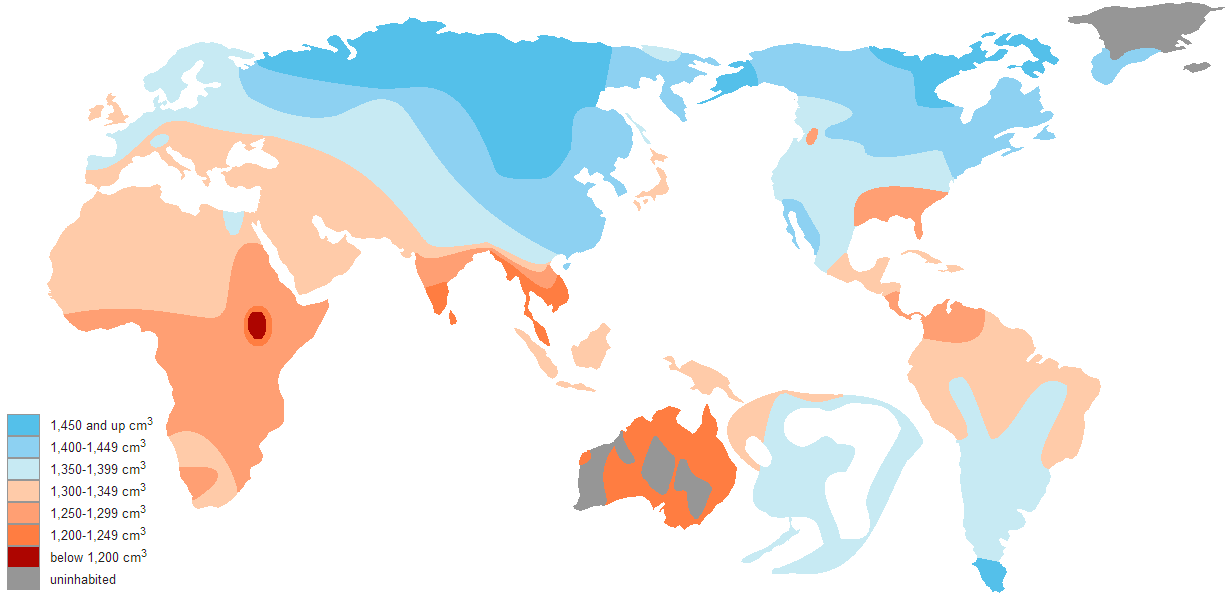Maarkhoor
ELITE MEMBER

- Joined
- Aug 24, 2015
- Messages
- 17,051
- Reaction score
- 36
- Country
- Location
HYDERABAD: Researchers at the International Institute of Information Technology, Hyderabad (IIIT-H) have created the first-ever Indian Brain Atlas. The study has revealed that the Indian brain, on an average, is smaller in height, width and volume when compared to Western and other eastern populations. This will help in early diagnosis of Alzheimer’s and other brain-related ailments.
The research has been published in Neurology India, a peer-reviewed journal.
Jayanthi Sivaswamy of the Centre for Visual Information Technology, who worked on the project, said that the Montreal Neurological Institute (MNI) template, which is used as the standard, was created using Caucasian brains. This, according to the researchers, is not ideal to analyse brain differences in the Indian population.

“As Indian brains are smaller in size when compared to MNI, the difference in scans can look alarming and lead to misdiagnosis,” Jayanthi told TOI. She added that MRI images are compared with pre-loaded MNI template to arrive at a diagnosis. “There is clear evidence based on the study that it is desirable to build a larger atlas as it is important to understand structurally what is normal. This would help catch several brain conditions early on.”
Jayanthi said that even Chinese and Korean brain templates had been constructed, but there was no corresponding template for the India-specific population. She said that the first attempt by the IIIT-H team at creating an India-specific atlas involved 50 individuals, evenly balanced out across genders.
“MRI scans of these subjects’ brains were taken at three different hospitals across three different scanners to rule out variations in scanning machines. Emboldened by the results of the pilot study, we went on to recruit 100 willing participants in the eventual construction of the atlas, referred to as IBA 100,” she added.
Jayanthi said that the atlas was validated against other atlases for various populations. “These differences in height, width, and volume are found even at the structural level, such as in the volume of the hippocampus and so on. But overall, IBA 100 is more comparable with Chinese and Korean atlases than the distant Caucasian one (MNI),” she said.
She added that her team is currently focussing on understanding the aging process. “There are many changes that take place in a brain due to advancing age, with the most typical one being atrophy, shrinking of structures,” She also added that this will help in diagnosing dementia or Alzheimers as they are associated with atrophy of the hippocampus.
https://timesofindia.indiatimes.com...s-reveals-study/articleshowprint/71798234.cms
The research has been published in Neurology India, a peer-reviewed journal.
Jayanthi Sivaswamy of the Centre for Visual Information Technology, who worked on the project, said that the Montreal Neurological Institute (MNI) template, which is used as the standard, was created using Caucasian brains. This, according to the researchers, is not ideal to analyse brain differences in the Indian population.

“As Indian brains are smaller in size when compared to MNI, the difference in scans can look alarming and lead to misdiagnosis,” Jayanthi told TOI. She added that MRI images are compared with pre-loaded MNI template to arrive at a diagnosis. “There is clear evidence based on the study that it is desirable to build a larger atlas as it is important to understand structurally what is normal. This would help catch several brain conditions early on.”
Jayanthi said that even Chinese and Korean brain templates had been constructed, but there was no corresponding template for the India-specific population. She said that the first attempt by the IIIT-H team at creating an India-specific atlas involved 50 individuals, evenly balanced out across genders.
“MRI scans of these subjects’ brains were taken at three different hospitals across three different scanners to rule out variations in scanning machines. Emboldened by the results of the pilot study, we went on to recruit 100 willing participants in the eventual construction of the atlas, referred to as IBA 100,” she added.
Jayanthi said that the atlas was validated against other atlases for various populations. “These differences in height, width, and volume are found even at the structural level, such as in the volume of the hippocampus and so on. But overall, IBA 100 is more comparable with Chinese and Korean atlases than the distant Caucasian one (MNI),” she said.
She added that her team is currently focussing on understanding the aging process. “There are many changes that take place in a brain due to advancing age, with the most typical one being atrophy, shrinking of structures,” She also added that this will help in diagnosing dementia or Alzheimers as they are associated with atrophy of the hippocampus.
https://timesofindia.indiatimes.com...s-reveals-study/articleshowprint/71798234.cms








